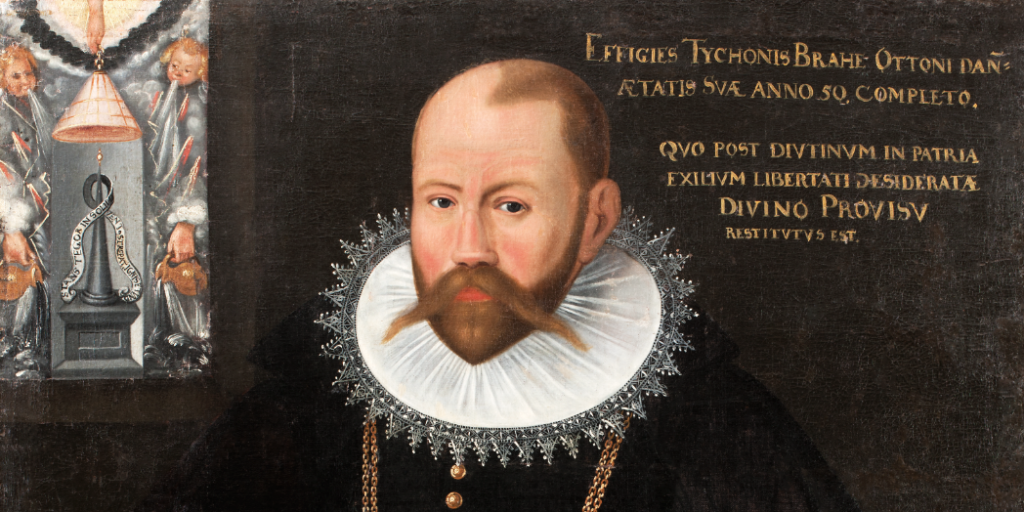An archaeological excavation on Tycho Brahe’s island laboratory has uncovered new secrets.
Others are reading now
Renowned for his groundbreaking work in astronomy, Tycho Brahe also harbored a lesser-known interest in alchemy.
Recent findings from an archaeological dig on the island of Ven, where Brahe’s Uraniborg complex once stood, have shed light on this secretive aspect of his work.
Researchers discovered glass and ceramic shards containing traces of nine chemical elements, some of which hint at Brahe’s alchemical practices.
Brahe’s Alchemical Pursuits
The Danish scientist Tycho Brahe, who lived between 1546 and 1601, is widely recognized for his contributions to astronomy.
Also read
In 1576, King Frederik II of Denmark granted Brahe the island of Ven as a lifelong fiefdom to support his scientific pursuits. On this island, Brahe constructed Uraniborg, a unique complex that combined a palace, observatory, and alchemical laboratory.
Uraniborg was “the CERN of its day,” according to Kaare Lund Rasmussen, professor emeritus at the University of Southern Denmark.

While Brahe published extensively on his astronomical work, his alchemical studies remained largely undocumented, making these recent findings particularly valuable.
After Brahe’s death, Uraniborg fell into disrepair, and its stones were repurposed for other buildings.
The Discovery and Analysis
However, archaeological digs in 1824 and again between 1988 and 1990 uncovered remnants of Brahe’s laboratory, including glass and ceramic fragments that may have been used in his experiments.
Rasmussen, along with historian Poul Grinder-Hansen from the National Museum of Denmark, successfully convinced the museum in Lund, Sweden, to allow them to analyze five of these shards.
The researchers detected elements such as copper, antimony, gold, mercury, nickel, zinc, tin, tungsten, and lead on the surfaces of these fragments.
While elements like copper, antimony, gold, and mercury align with known alchemical recipes from the time, the presence of tungsten — an element not commonly recognized until later centuries — presents a mystery.
The findings suggest that his alchemical experiments may have involved the creation of medicinal preparations. These included treatments for epidemic diseases, epilepsy, and conditions affecting the skin and blood, such as scabies and venereal diseases.
Rasmussen speculates that a tungsten-containing mineral may have been used in the lab due to mistaken identification or a lack of knowledge about its chemical properties at the time.
A Rare Glimpse into the Past
Umberto Veronesi, an archaeologist and heritage scientist based in Lisbon, Portugal, finds the study particularly intriguing because it offers a rare glimpse into the work of a high-profile historical figure.
Veronesi notes that most archaeological findings related to scientific laboratories often involve anonymous individuals, making this insight into Brahe’s alchemical activities especially interesting.
Veronesi suggests that further investigation into the elements found on the shards could reveal more about Brahe’s experimental work, such as whether he was involved in creating copper alloys or other metallurgical processes.


